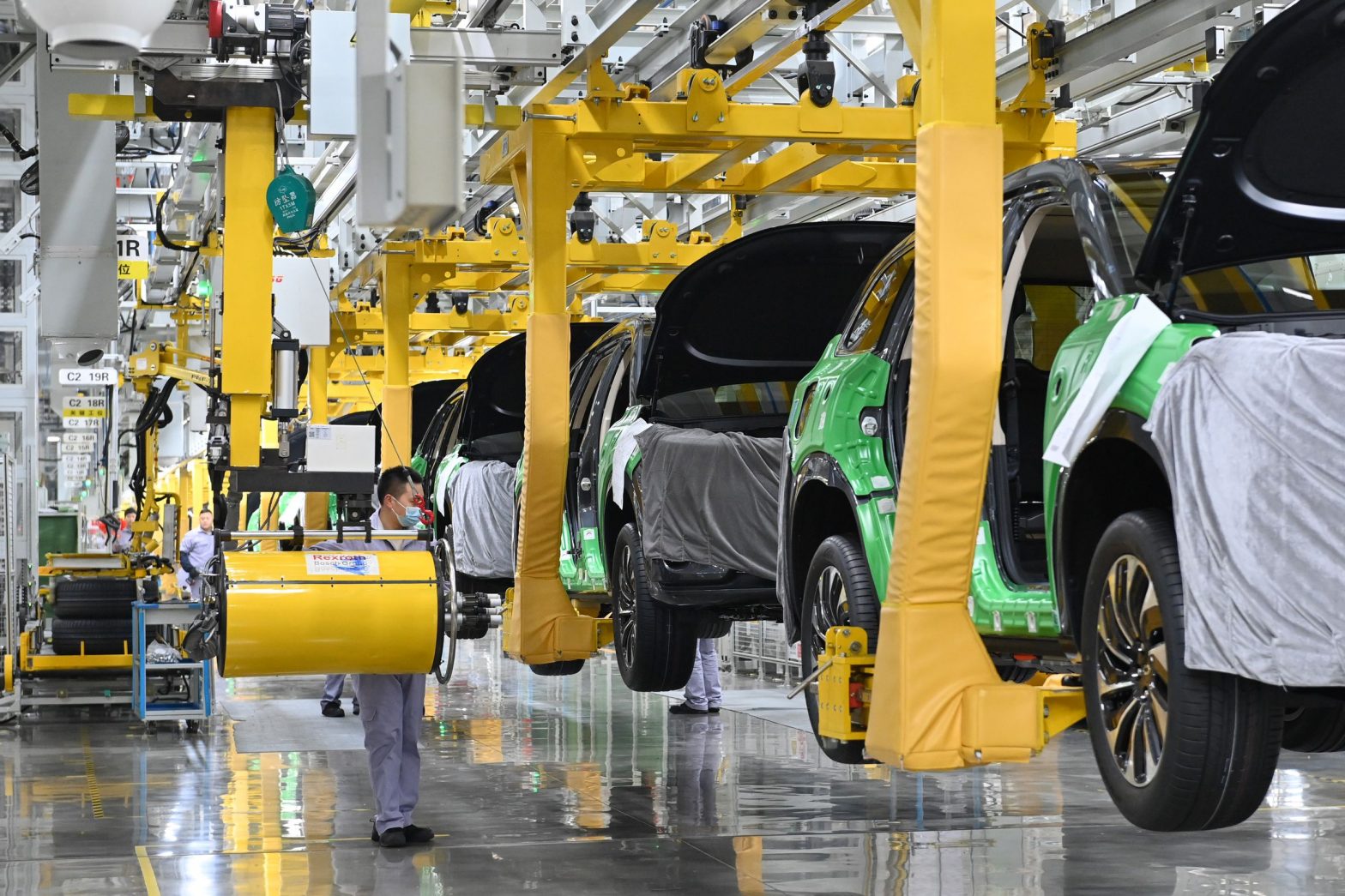/
Bigger vehicles, whether they’re gas-guzzling or electric, come with bigger environmental problems.
:format(webp)/cdn.vox-cdn.com/uploads/chorus_asset/file/24470495/1462176654.jpg)
SUV sales soared in 2022, a trend that makes it much harder to reach global climate goals, experts say. And while car buyers flocked to electric SUVs along with their gas-guzzling counterparts, supersize EVs pose their own environmental challenges.
When it comes to slashing pollution from passenger vehicles, bigger is the opposite of better. SUVs burn through about 20 percent more oil on average than medium-size cars. Electric SUVs also require larger batteries than other EVs, and experts are already warning that we won’t have enough raw materials to meet skyrocketing demand for lithium-ion batteries.
Nevertheless, SUVs outcompeted their smaller counterparts in 2022. While car sales overall slumped last year by about 0.5 percent, SUV sales grew by 3 percent. They made up a whopping 46 percent of global automobile sales.
That popularity means more pollution. Carbon dioxide emissions from SUVS around the world are close to reaching an enormous threshold: nearly 1 billion tons of carbon dioxide annually, according to a recent analysis by the International Energy Agency (IEA). For the sake of comparison, that’s nearly twice as much climate pollution as the UK pumped out in 2021. While demand for oil to fuel non-SUV passenger cars stayed flat between 2021 and 2022, global SUV oil consumption grew by 500,000 barrels per day.
To keep climate change from getting significantly worse, those numbers need to drop dramatically. Meeting the goals of the Paris climate agreement requires countries cut their climate pollution in half by the end of the decade and reach net-zero greenhouse gas emissions by 2050.
Transportation is a major source of climate pollution; it’s responsible for about a quarter of the world’s energy-related greenhouse gas emissions. To achieve the goals outlined in the Paris agreement, about 60 percent of vehicles sold in 2030 ought to be electric, the IEA has previously mapped out.
A lot more people are buying electric vehicles — sales rose 60 percent in 2022. And for the first time, electric SUVs made up just over half of all EVs sold last year. It’s no wonder, considering automakers are adding a lot more electric SUVs to their lineups. Roughly 55 percent of the more than 400 electric car models available are SUVs.
The caveat is that electric SUVs in particular complicate the transition to clean energy. Carmakers are already scrambling to get their hands on enough raw materials for EVs, which are typically made with about six times the mineral inputs as a conventional car. Critical minerals needed to make lithium-ion batteries are in limited supply and are concentrated in a handful of places, making the supply chain vulnerable to political and economic volatility. When you make a bigger vehicle, you magnify those problems, too.
Keep in mind that electric vehicles aren’t a silver bullet for pollution from transportation. EVs still create particle pollution from the wear and tear on tires, brakes, and roadways, which is really bad for air quality. Heavier cars tend to create more of this type of pollution. Regular EVs already tend to be heavier than gas-powered cars, and SUVs again amplify this issue.
All in all, if automakers downsize their vehicles, it’ll come with big environmental benefits. It’s one easy way to alleviate pressure on supply chains while cutting down on vehicular pollution as much as possible.
